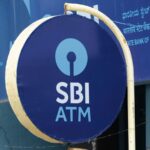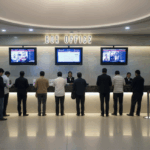Good news for employees changing jobs. The Employees’ Provident Fund Organisation (EPFO) has introduced new reforms that will make PF transfers smoother and faster. With frequent complaints of delays and lack of transparency in the transfer process, the new measures aim to plug long-standing gaps.
What’s Changing?
- Passbook Lite on Member Sewa Portal
A simplified version of the PF passbook has been added to the Member Sewa portal. Employees can now check contribution details, withdrawals, and current balances directly through a single login. This ensures members can instantly confirm whether their PF transfer has been updated in the account. - Direct Access to Annexure K
One of the biggest hurdles in PF transfers has been the lack of visibility on Annexure K – the official transfer certificate between PF offices. Earlier, employees had to rely on EPFO offices to get access. Now, members can directly download Annexure K in PDF format from the portal, making it easier to track whether service records and funds have been properly transferred. - Faster Approvals for Settlements
EPFO has also decentralised claim approvals by empowering Assistant PF Commissioners and lower-level officers. This move is expected to reduce processing time for PF transfers, refunds, and advances, cutting out unnecessary delays.
For employees switching jobs, PF transfer delays often led to account mismatches and long waiting times for updated balances. With Passbook Lite and Annexure K access, members can now monitor the process themselves, reducing dependency on field offices. Faster approvals further ensure that claim settlements and transfers won’t get stuck in bureaucratic bottlenecks.
The EPFO said these reforms are part of a broader push to digitise services and improve member experience. Experts believe the changes could significantly cut transfer-related complaints if implemented effectively across regional offices.





